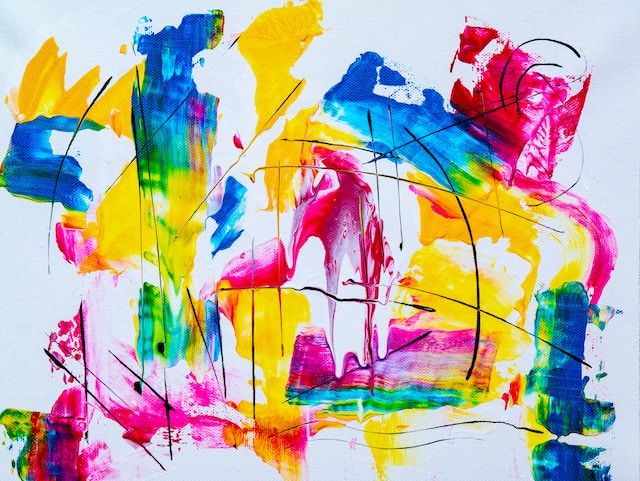Rough roads, poor weather conditions, and even high humidity levels within the fine art vehicle can turn something priceless into a worthless item.
When you have fine art to move, you require transportation solutions to guarantee a successful result. That’s why it is imperative to only work with professionals familiar with the wrapping and shipping processes needed to protect each unique item.
Benefits of Using Professional Art Handlers
Each piece of fine art requires a specific shipping need to maximize its protection. That means bubble wrap, wooden crates, and other tools are often necessary to ensure that the moving process is successful.
When you hire an expert art handler for this process, then you will receive a professional evaluation of what is needed to safeguard the item.
The shape of the work is essential to how the shipping process works. Its size, materials, and fragility will dictate the packaging materials required to keep the item safe. Moving fine art across town is a very different task compared to shipping an item across state lines.
Moving fine art to a different country requires additional considerations, including customs administrative work.
If the item is heavy, then multiple crates might be necessary instead of using a single large one.
Why Do Professional Art Handlers Use Crates?
Crates are an essential component of the moving and shipping process for fine art because it provides a protective barrier for the item. It can stop moisture, low-level vibrations, high-impact shocks, and debris contamination when correctly designed.
The artwork gets packed inside of a primary container. Then the professional art handlers will “float” the item in a shock-absorbent material, such as bubble wrap, that stays contained within a solid outer shell.
There must be enough space to keep the artwork from floating into the outer crate barrier to keep it protected.
Then the limitations of its destination must also receive consideration. If you cannot fit the fine art through a door or first-floor window safely, then you could be in trouble. Expert handlers can help to unpack the crate upon its arrival to ensure safe delivery.
Packing Photography and Paper Fine Art
If the fine art items you wish to ship or move are flat and unframed paper works or photographs, there are extra steps to follow.
The first step is to remove any paper clips, staples, or items that could damage the work.
You must place a layer of glassine or archival tissue between each work you are packaging for the move. You’ll also want to include a sheet at the top and bottom of your final stack.
Then wrap the photos or paper art in a plastic bag to reduce the risk of moisture exposure. Archival plastic is your best option for this step. Then remove the excess air from the wrapped stack before sealing it shut with some tape.
You can protect this fine art by placing the wrapped package in the center of a Masonite protective board. Tape it at all four corners to prevent any shifting during the moving or shipping process.
Then use a second piece of Masonite to create an artwork “sandwich” with the items.
Once you have this package ready, it helps to take two cardboard sheets to create another sandwich around the artwork. Once you reach this stage, you will want to seal all four sides with shipping tape.
Final Thoughts to Consider When Moving Fine Art
Even if you hire professional art handlers to move your item, always ensure maximum retail price from your latest assessment. This practice will help you recover the item’s full value if something unexpected occurs during the moving or shipping process.
Each crate should have a clear label that speaks directly to what it contains. Umbrellas indicate that the item must remain dry, while a broken wine glass says it is fragile. You will want to have a “face” written on the exterior to indicate the artwork’s placement inside the package.
You should complete a condition report of the artwork before moving the item, including any previous damage photographs, to ensure an accurate inspection occurs upon arrival.
If the item needs assembly, then send those instructions with the artwork if you’re traveling separately from it.
Moving or shipping fine art requires a lot of careful planning. Experienced professionals can help you pack each item correctly to reduce the risk of damage in transit. If you’re not sure about completing this work by yourself, then call a trusted provider today for a detailed estimate.
It is an investment that is worth making when you want to protect your art.








